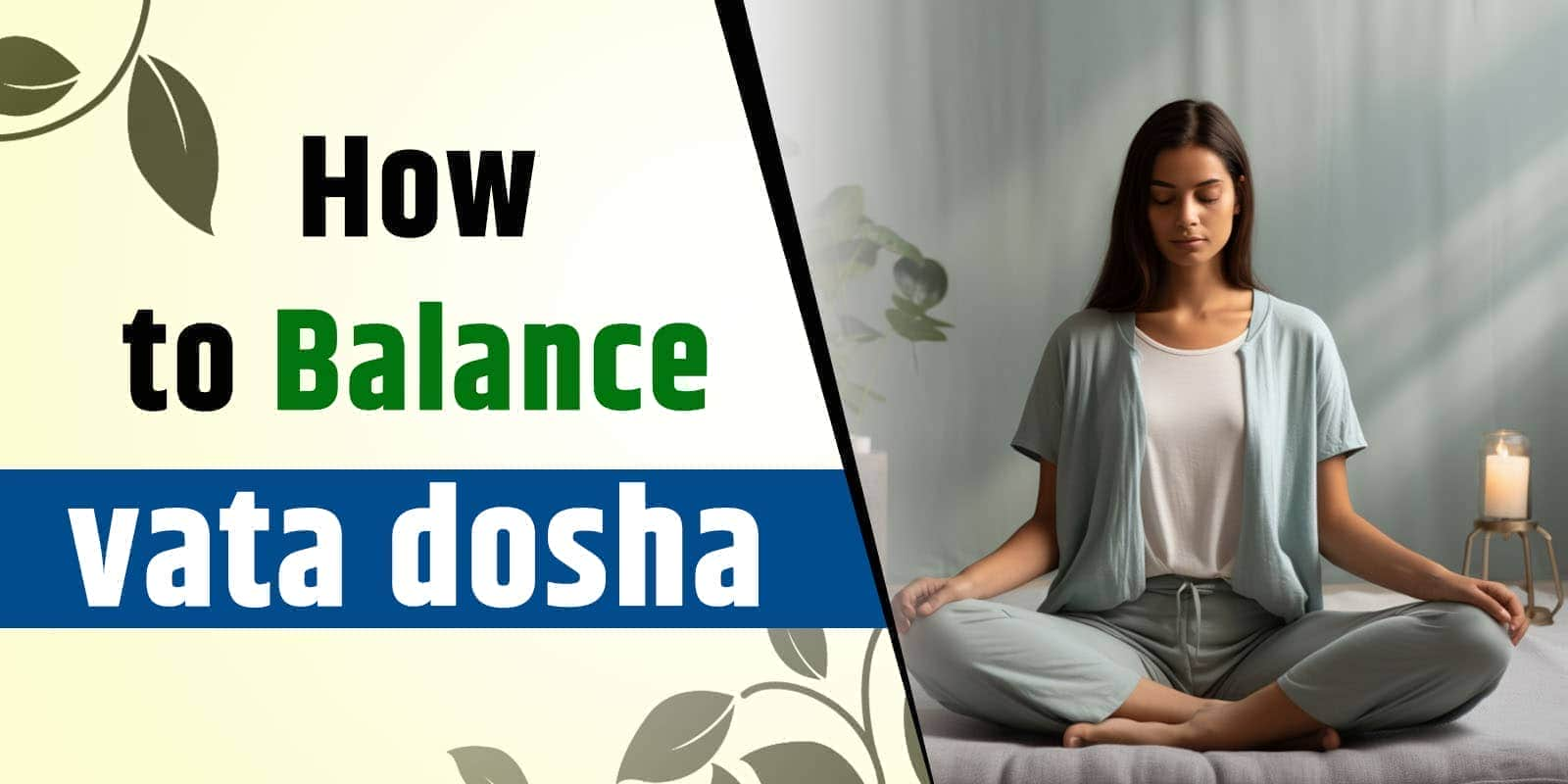
There is a concept of doshas in Ayurveda. Ayurveda is our ancient medical system that evolves around 5,000 years ago. It basically originated in India and now, it has been practiced worldwide. It is one of the oldest and most used medical systems of holistic healing. It is an art of life that constitutes a combination of diet, exercise, and lifestyle changes. It is an approach towards holistic healing.
According to Ayurveda, the world and all the living beings and substances comprises of five elements: fire, space, water, air, and earth. Each element has a specific significance in this world and these elements combine to form three life energies and they are also known as the tridoshas. These tridoshas are Vata, Pitta, and Kapha which define each person’s constitution. Ayurveda says that each person is a combination of a unique composition of tridosha but usually one or two doshas have more dominance over a person. It is very important to maintain a balance between Tridoshas.
Discover how understanding your doshas can lead to holistic healing and balance. Contact us today!
As we discussed in our previous blog, Vata dosha consists of air and space. It is a Sanskrit word that simply means to blow or move like a wind. It is responsible for managing all the movements in our mind and the body. It is widely linked with change, mobility, and movement.
According to Ayurveda treatment, it mainly relates to the nervous system and controls various functions. Just like it controls breathing, blinking, and circulation. Due to its core components, it is described as cold, light, dry, rough, irregular, flowing, and spacious.
As Ayurveda Treatment is widely practiced in the world, it is the most natural and authentic medicinal method also that exists today. There are many people who truly believe in this method and they say, people who are Vata-dominant are often more energetic, creative, and flexible. These people may also have moderate weight, dry skin, and fine hair. Most of the Vata-dominant people are thin and slim. They are kind of very moody people as their mood changes highly depends upon the weather, the people surrounded around them, and the food they eat.
They are also so sensitive to cold weather and the extreme cold weather conditions make them more uncomfortable. It may bring circulation issues to them which may further create joint pain. And some of their negative aspects are they have traits like forgetful, anxious, and unstable mood.
If we talk about their personality, their personality can be entertaining, dynamic, and enthusiastic. They tend to be physically and mentally active. They are said to be quick learner, multitasker, kind-hearted, and a person who talks very fast.
They are prone to get overwhelmed easily, digestion issues like gas, and poor circulation. If their Vata gets imbalanced, their emotions may manifest as fear, anxiety, and nervousness.
When Vata is in a balanced situation in our body, the energy kept moving throughout our body. You can see those people who are Vata dominant, they are always full-on energy and kept moving like an active and flexible person. But, when the Vata gets imbalance in their body, they can struggle with other bodily issues like digestion and circulation issues. They may experience physical issues such as constipation, hypertension, weakness, arthritis, restlessness, etc.
It is really very important to keep Vata in balance. As Ayurveda has a concept of Vata dosha, it is already having a solution about how to balance Vata dosha. Ayurvedic treatment has some natural therapies to reduce Vata and mitigate the adverse effects of Vata imbalance.
Vata is known to be cold and dry, so we need to neutralize its adverse effects. Here we are explaining some diet changes and lifestyle habit changes.
Ayurveda gives a special significance to diet. In Ayurvedic medicine, diet is an essential part to maintain not only a healthy body but for your holistic healing. In this blog, we are giving you some basic but important tips to control Vata dosha.
All these diet changes may help in reducing your Vata dosha. Our diet plays a crucial role in building a strong foundation for good health. You can also include activities to relieve stress and for this objective, we can do some calming exercises like Meditation, Yoga Nidra, Nadi Shodhana, Ujjayi, and Bhramari. Ayurveda practitioners suggested that Vata dominant person should do a sort of activities or exercises that include constant movement. Cycling, walking, running, tai chi, etc., are some of these activities.
According to a 2015 research, a person’s dosha can affect their sleep quantity and quality. A person with Vata dominance often took more time to fall asleep and felt less fresh or active in the morning. So, it is really very important to balance out our doshas. And to balance a Vata constitution, one should focus on having nourishing foods and engage yourself in soothing and relaxing exercises.
Opt for a natural, Ayurvedic approach to balance your doshas and achieve optimal health. Contact us to start your journey towards better health today!
Disclaimer: The content provided is for informational purposes only and is not a substitute for professional medical advice. Consult with your doctor or Ayurvedic practitioner before making any changes to your diet or treatment plan. For appointments, call our 24×7 helpline: +91-9821929797 or visit www.karmaayurvedahospital.com.
"Ayurveda is not just a system of medicine; it's a way of life. Connect with us to embrace a lifestyle that nurtures your body, mind, and soul."

Certificate no- AH-2023-0186
JAN 05,2023-JAN 04,2026